Analog and digital sensors are an important part of modern technology and are used to measure and monitor a variety of physical quantities such as temperature, pressure and motion.
Analog sensor
Analog sensors convert physical quantities (e.g., temperature, pressure, light intensity, etc.) into continuous electrical signals, and the output signals can directly reflect the changes being measured. These sensors are commonly used in simple, low-cost application scenarios and usually require external circuitry for signal processing.
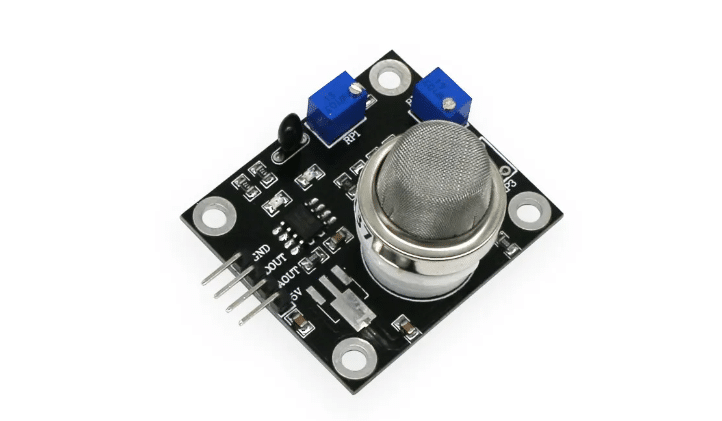
Digital sensor
Digital sensors convert physical quantities into discrete digital signals and usually have an integrated analog-to-digital converter (ADC) and signal processing circuitry. These sensors are highly accurate and resistant to interference, and are suitable for complex and high-precision application scenarios, such as industrial automation and intelligent devices.
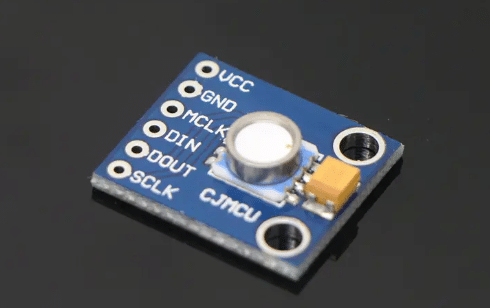
Analog sensor vs digital sensor
| Feature | Analog sensor | Digital sensor |
| Data output | Outputs continuous voltage or current signals representing the analog value of the physical quantity. | Outputs discrete digital signals, usually in binary form. |
| Accuracy | Depends on the quality of the sensor and circuit design, may be affected by noise and interference. | High accuracy, less affected by noise and interference. |
| Resolution | Limited by the sensor and ADC resolution, usually lower. | High resolution, typically 12-bit, 16-bit, or higher. |
| Signal processing | Requires an analog-to-digital converter (ADC) to convert analog signals to digital signals for processing. | Usually integrates ADC internally, no external conversion needed. |
| Transmission distance | Limited transmission distance, susceptible to electromagnetic interference. | Can be transmitted over long distances via serial interfaces (such as I2C, SPI, UART), strong anti-interference ability. |
| Interface complexity | Simple interface, typically reads signals through voltage or current changes. | Complex interface, requires protocols and standards to read and transmit data. |
| Power consumption | Usually low, depending on specific circuit design. | May be higher due to more integrated circuits and processing functions. |
| Cost | Generally cheaper, suitable for simple and low-cost applications. | Generally more expensive, but has advantages in accuracy and reliability. |
| Calibration | May require frequent calibration to maintain accuracy. | Lower calibration frequency, usually calibrated at the factory. |
| Response time | Short response time, suitable for measuring rapidly changing signals. | Response time may be longer due to data processing and conversion. |
Application examples of analog and digital sensors
Analog sensor
Thermocouples: Used for temperature measurement, commonly found in industrial boilers, furnaces and chemical equipment.
Photodiodes: Used for light intensity detection, such as camera light sensors, auto-dimming lamps and ambient light sensors.
Resistive strain gauges: For strain measurement, e.g. for stress analysis in bridges, buildings and mechanical equipment.
Analog microphones: For audio input, e.g. for recording equipment, telephones and hearing aids.
Analog pressure sensors: For pressure measurement, e.g. gas and liquid pressure monitoring systems.
Digital sensor
Digital temperature sensors: for high precision temperature monitoring.
- Agriculture and greenhouse control, monitoring soil and air temperatures.
- Laboratory and pharmaceutical environments, monitoring and controlling the temperature of critical equipment and storage areas.
- Aquariums and aquatic environments, monitoring water temperature to ensure the health and comfort of aquatic life.
Accelerometers: For motion detection and location tracking in applications such as smartphones, game controllers and automotive safety systems.
Digital light sensors: For light intensity detection and automatic adjustment, e.g. smartphone screen brightness adjustment and automatic lighting systems.
Digital gas sensors: For gas concentration detection.
- Air quality monitoring devices for detection of indoor and outdoor air pollutants such as carbon dioxide (CO2), carbon monoxide (CO), formaldehyde (HCHO) and volatile organic compounds (VOC).
- Industrial gas detectors for detecting harmful gas leaks in industrial environments
- Agricultural environmental monitoring to monitor gas concentrations in the environment.
Digital pressure sensors: For precision pressure measurement.
- Hydraulic systems and compressor control.
- HVAC systems.
- Process control.
Digital Liquid Sensors: For detecting and measuring various properties of liquids such as level, flow, pressure and composition and outputting digital signals.
- Liquid level monitoring systems, tank monitoring and smart tanks.

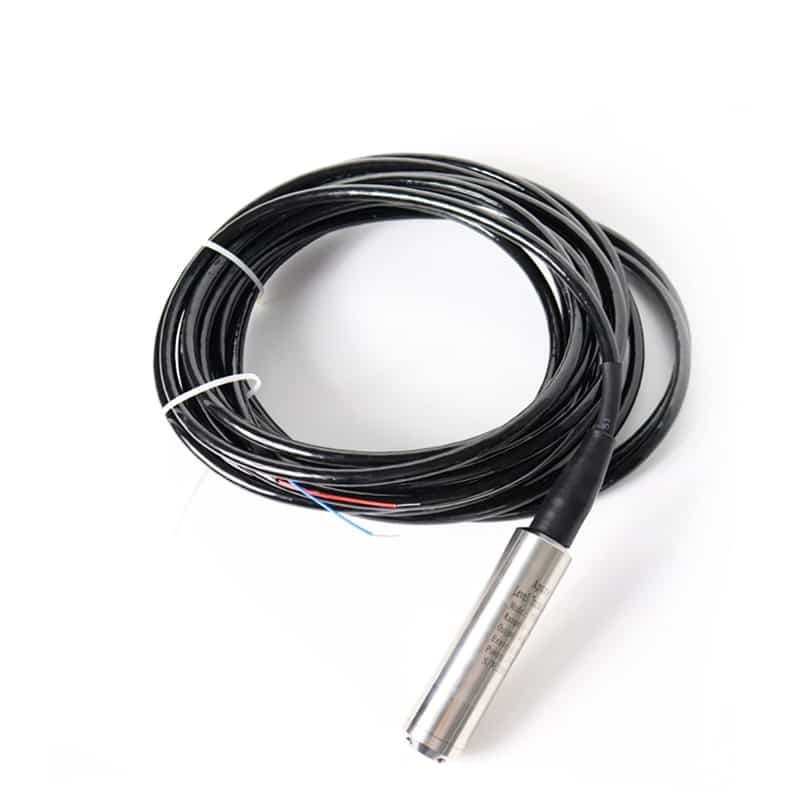
- Flow meters for measuring the flow of liquids in pipelines, e.g. monitoring the flow of liquids at various stages in beer brewing, dairy production

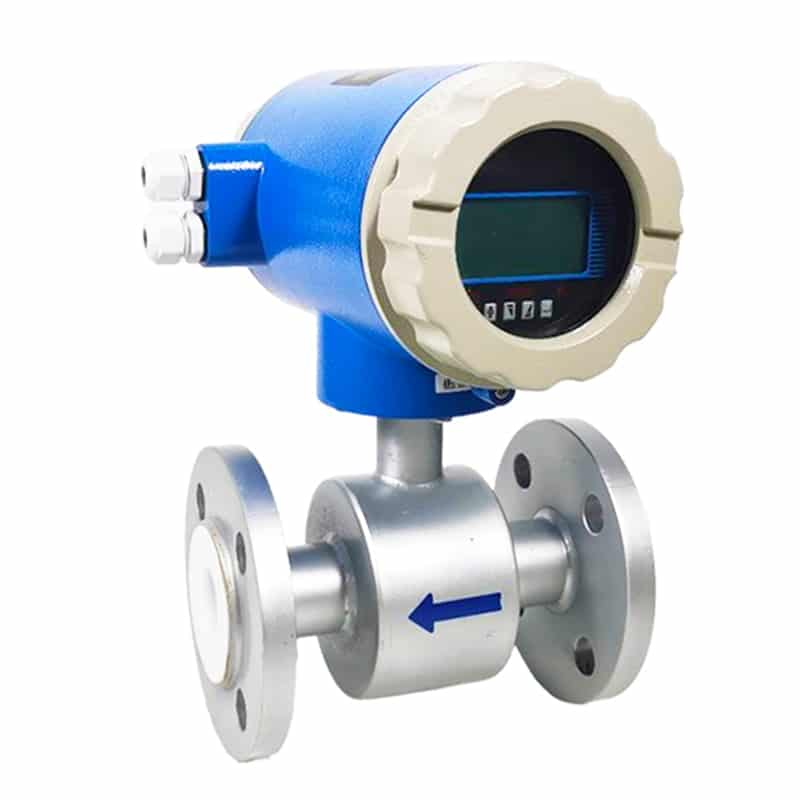
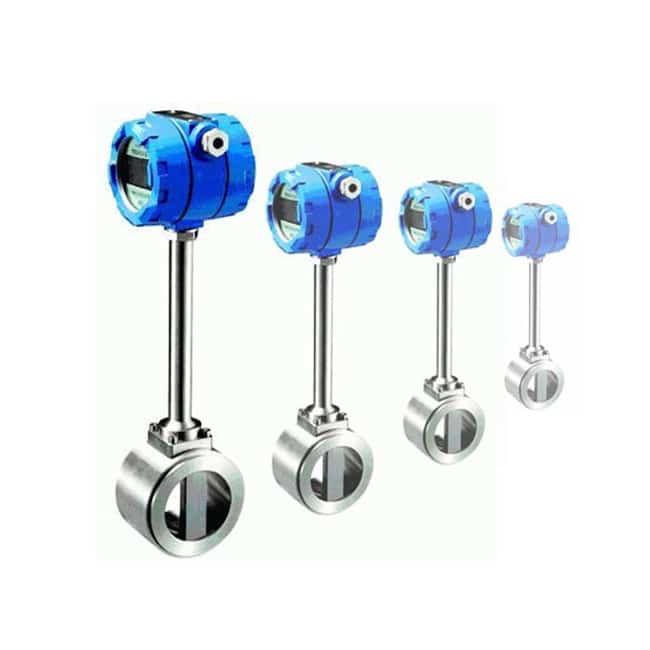
- Liquid composition analyzers, water quality testing (monitoring parameters such as pH, dissolved oxygen, ammonia and nitrogen in water bodies)
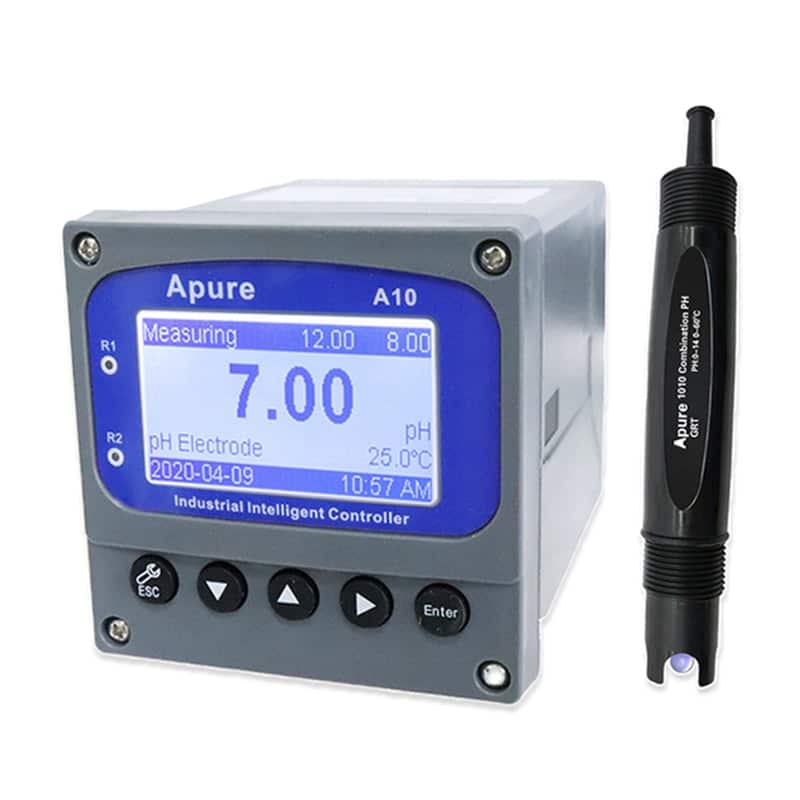

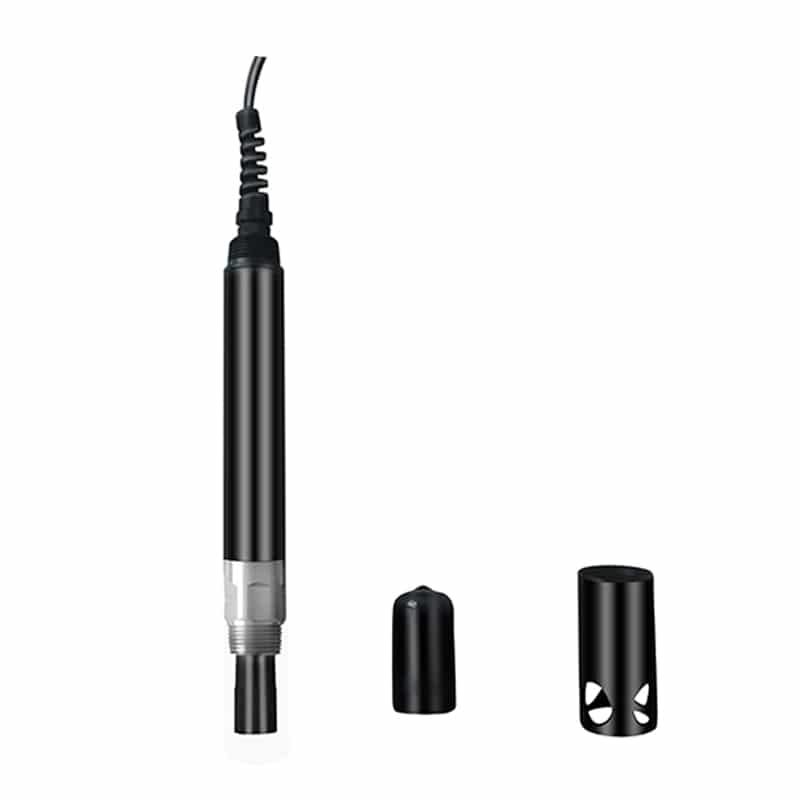

Summary
In general, analog and digital sensors each have their own advantages and areas of application. Analog sensors are widely used in traditional measurement systems because of their simplicity and low cost. Digital sensors, on the other hand, are increasingly used in modern intelligent systems due to their high accuracy, high interference immunity and ease of integration. Choosing the right type of sensor should be based on specific application requirements and environmental conditions.
Whether you need analog or digital sensors, the Apure brand offers you the highest quality products and services. Our range of water quality parameter analyzers, flow meters, level meters, thermometers and manometers are used in a wide variety of industries due to their advanced technology and superior performance. When you choose Apure, you choose accuracy, reliability and efficiency. Let’s promote the progress of science and technology together, and meet the intelligent future together!
